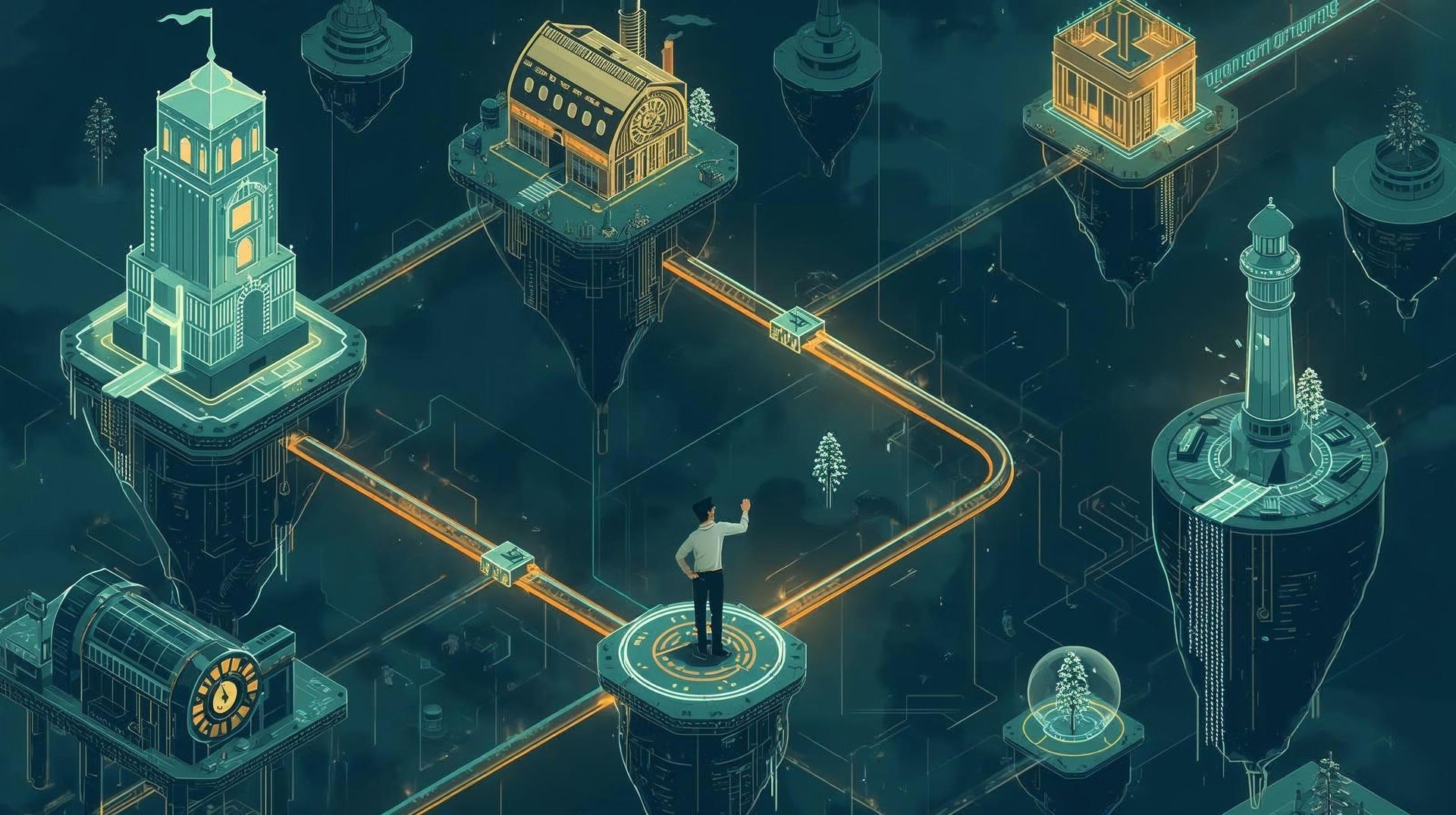Getting Your Team to Embrace AI: Change Management for Automation
In today's rapidly evolving digital landscape, AI adoption is no longer optional for competitive agencies. Yet even the most successful organizations face significant resistance when implementing automation tools. Understanding how to navigate this change is crucial - not just for technological success, but for maintaining team cohesion and morale.
Why Teams Resist AI Adoption
Before diving into solutions, it's important to understand the root causes of resistance:
- Job security fears: Many employees worry AI will make their skills obsolete
- Competence anxiety: Learning new tools can feel overwhelming, especially for established professionals
- Loss of autonomy: Concerns about AI dictating workflows or limiting creative decision-making
- Skepticism about value: Doubts that AI will actually improve rather than complicate processes
Building an AI-Ready Culture: A Framework
1. Lead with Transparency
Start by openly addressing concerns. Vague promises about AI "enhancing" work without specifics only heighten anxiety. Instead:
- Hold town halls where leadership directly addresses job security questions
- Share the strategic vision for how AI fits into the company's future
- Be honest about which tasks will be automated and which will remain human-centered
- Create anonymous feedback channels for ongoing concerns
2. Reframe AI as Augmentation, Not Replacement
The most successful AI implementations position technology as a partner, not a competitor:
- Demonstrate how AI handles repetitive tasks, freeing humans for meaningful work
- Create concrete examples showing the "before and after" of specific workflows
- Highlight how AI can reduce burnout by eliminating the most tedious aspects of jobs
3. Invest in Purposeful Upskilling
Training shouldn't be an afterthought - it's the cornerstone of successful adoption:
- Develop tiered learning paths for different roles and experience levels
- Allocate paid learning time during work hours (not as "extra" work)
- Create a certification program with internal recognition for AI proficiency
- Pair technical training with critical thinking workshops on AI limitations
4. Start with Strategic Pilot Projects
Nothing convinces like success. Begin with carefully selected projects that:
- Solve a genuine pain point for employees
- Have measurable outcomes to demonstrate value
- Involve respected team members who can become internal champions
- Include clear success metrics but allow for iteration
Case Study: Marketing Agency Transformation
When digital marketing agency Fire & Spark introduced AI copywriting tools, they were met with strong resistance from their creative team. Many writers feared the technology would dilute their craft and undermine the value they brought to the table. (Source)
Turning Skepticism into Enthusiasm:
- Redefine creative roles: Rather than positioning AI as a replacement, restructure teams to emphasize on conceptual thinking, brand voice development, and critical review - areas where human creativity thrives.
- Create collaborative workflows: Develop processes where AI generates initial drafts based on writer-created prompts, while writers retain full control over refinement and final approval.
- Measure and celebrate the right metrics: Rather than tracking "content production volume," shift the focus to metrics that reflect campaign effectiveness, client satisfaction, and creative quality.
The result? Within a few months, the team had cut production time by 30% while maintaining high-quality output and improving client results. Even more telling, employee satisfaction rose as writers spent less time on repetitive tasks and more time on strategy and creative thinking. (Source)
Practical Steps for Implementation
- Form a diverse AI committee: Include technical leads alongside skeptics and representatives from various departments
- Document current pain points: Before implementation, identify the specific tasks causing frustration
- Create role evolution roadmaps: For each position, map how responsibilities will shift with automation
- Establish clear governance: Develop guidelines for when AI should and shouldn't be used
- Celebrate and share wins: Regularly highlight how AI is improving outcomes
The Human-Centered Approach
The most successful AI transformations recognize that technology adoption is ultimately about people. By addressing emotional concerns, providing proper support, and focusing on how AI can make work more fulfilling rather than threatening, agencies can transform initial resistance into enthusiasm.
Remember: the goal isn't to replace human talent but to elevate it - freeing your team to focus on the creative, strategic, and interpersonal aspects of work that truly drive value.
© Virtual Rani 2025. The information contained herein is provided for information purposes only; the contents are not intended to amount to advice and you should not rely on any of the contents herein. We disclaim, to the full extent permissible by law, all liability and responsibility arising from any reliance placed on any of the contents herein.













































































































